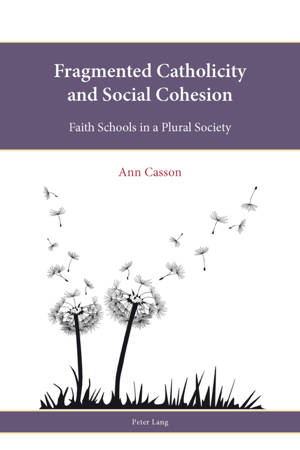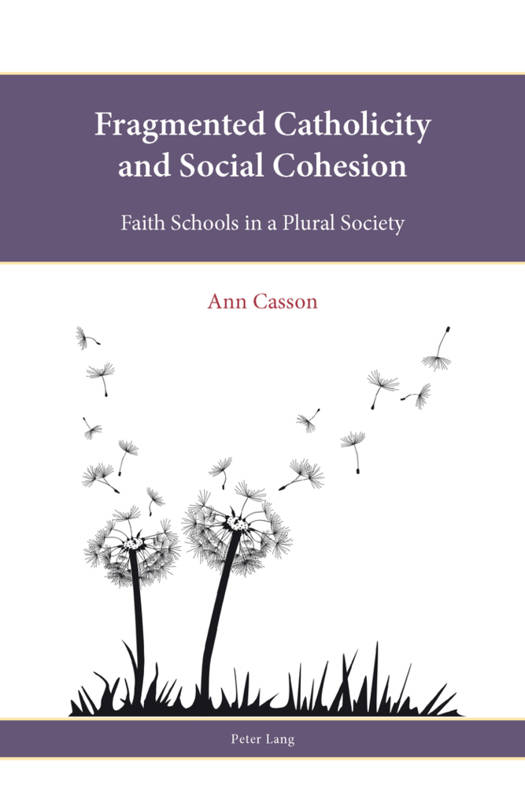
- Afhalen na 1 uur in een winkel met voorraad
- Gratis thuislevering in België vanaf € 30
- Ruim aanbod met 7 miljoen producten
- Afhalen na 1 uur in een winkel met voorraad
- Gratis thuislevering in België vanaf € 30
- Ruim aanbod met 7 miljoen producten
Zoeken
Fragmented Catholicity and Social Cohesion; Faith Schools in a Plural Society
Faith Schools in a Plural Society
Ann E Casson
€ 77,45
+ 154 punten
Omschrijving
Faith schools make visible a connection between religion and education, a much-contested aim. Principled arguments are frequently made for and against these schools, without evidence from empirical research. This book attempts to address the issues raised by religious education by offering a rich in-depth ethnographic case study of Catholic secondary schools, exploring pupils' perceptions of life in the Catholic secondary school in twenty-first-century England. The findings suggest that although the crucifix is in all classrooms, the Catholicity within the school is changing. Catholic pupils are constructing fragmentary Catholic identities; they are asserting a 'right to bricolage'.
This book considers questions pertinent to all faith schools, such as the extent to which they may contribute to or detract from social cohesion, and the extent to which a faith school is able to and/or ought to maintain and transmit the memory of faith tradition in a secular and plural society.
This book considers questions pertinent to all faith schools, such as the extent to which they may contribute to or detract from social cohesion, and the extent to which a faith school is able to and/or ought to maintain and transmit the memory of faith tradition in a secular and plural society.
Specificaties
Betrokkenen
- Auteur(s):
- Uitgeverij:
Inhoud
- Aantal bladzijden:
- 192
- Taal:
- Engels
- Reeks:
- Reeksnummer:
- nr. 3
Eigenschappen
- Productcode (EAN):
- 9783034308960
- Verschijningsdatum:
- 11/12/2012
- Uitvoering:
- Paperback
- Formaat:
- Trade paperback (VS)
- Afmetingen:
- 147 mm x 221 mm
- Gewicht:
- 294 g

Alleen bij Standaard Boekhandel
+ 154 punten op je klantenkaart van Standaard Boekhandel
Beoordelingen
We publiceren alleen reviews die voldoen aan de voorwaarden voor reviews. Bekijk onze voorwaarden voor reviews.











